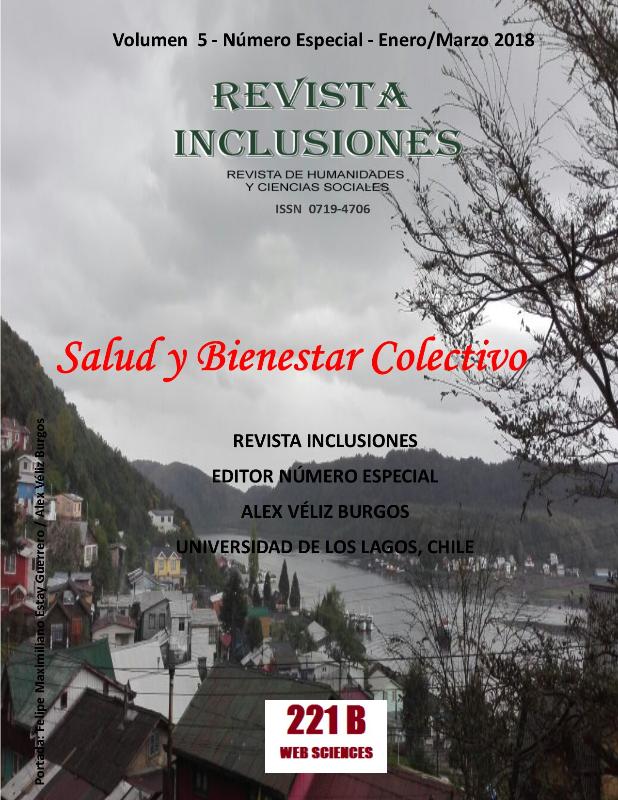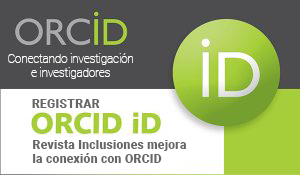EPIDEMIC OF SMALLPOX, LAZARETOS AND VACCINATORS IN LA ARAUCANÍA 1881-1930
Keywords:
Smallpox, Araucanía, Lazaretos, VaccinatorsAbstract
This article investigates the presence of smallpox in the region of Araucanía since the second half of the 19th century, from the founding of Temuco, until 1930, a milestone that marks the end of the first process of reduction experienced by the Mapuche people part of the State of Chile. The characteristics acquired by this disease in the Araucanía are approached, making reference to the different agencies developed by the State of Chile through its local authorities to deal with the spread of smallpox in the population. Lazaretos, doctors and vaccinators are studied who were in permanent tension with the central government authorities due to the insufficient resources provided by the state for the care of the sick people infected with smallpox. The study is oriented from a qualitative methodology with a historiographic design with dense descriptive scopes. Primary sources present in the Regional Archive of the Araucanía have been used, and secondary sources, preferably press, existing both in the National Archive of Chile. The results show that the presence of smallpox appeared violently in the center south of Chile in the second half of the 19th century and remained in the region until the first half of the 20th century. The violence with which smallpox developed, had as one of its causes the deficient health conditions of the population, especially associated with the lack of drinking water. This situation was from the beginning of the 20th century, one of the most frequent demands of different social actors to local and national authorities. The costs of implementation and the lack of resources of the municipalities delayed the implementation of preventive measures in the region of the Araucanía to stop the advance of smallpox.
Published
Versions
- 18-01-2021 (2)
- 08-12-2017 (1)
How to Cite
Issue
Section
Copyright (c) 2017 Dr. Juan Guillermo Mansilla Sepúlveda

This work is licensed under a Creative Commons Attribution-NonCommercial 4.0 International License.
Los autores retienen los derechos de autor y otorgan a Revista Inclusiones el derecho de publicación bajo Creative Commons Attribution 4.0 International (CC BY 4.0). Esto permite el uso, distribución y reproducción en cualquier medio, siempre que se otorgue la debida atribución al autor.











